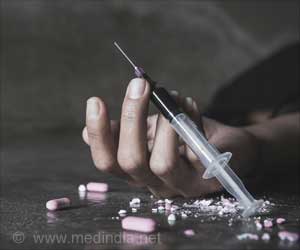Rates of COVID-19 hospital admission and COVID-19 death were substantially lower among vaccinated than unvaccinated adults up to 6 months after their second dose. Vaccine effectiveness against these events was found to be at least 80% for Pfizer-BioNTech and at least 75% for AstraZeneca vaccines. However, waning vaccine effectiveness against infection with SARS-CoV-2 meant that rates in vaccinated individuals were similar to or higher than in unvaccinated individuals by 6 months after the second dose.
Dr. Elsie Horne, senior research associate in Medical Statistics and Health Data Science in Bristol Medical School: Population Health Sciences (PHS) and the study’s lead author, said: “Until now there has been limited and conflicting evidence relating to the rate of waning following second dose of COVID-19 vaccines, whether it extends to severe COVID-19, and whether the rate differs according to age and clinical vulnerability.”
Advertisement
“Although we found that protection against severe COVID-19 provided by two doses of vaccine wanes over time, the very high initial protection means that, despite waning, protection remains high six months after the second dose. This finding was consistent across all adults, including older adults and those who are at risk of severe COVID-19.”
Prof. Jonathan Sterne of departments of medical statistics and epidemiology in Bristol Medical School: PHS, director of the National Institute for Health and Care Research Bristol Biomedical Research Centre (NIHR Bristol BRC) and director of Health Data Research UK (HDR UK) South-West and co-author, added: “We found that the rate at which vaccine effectiveness waned was consistent across subgroups defined by age and clinical vulnerability. Studying how long COVID-19 vaccines remain effective continues to be important to scheduling and targeting of booster vaccinations.”
The researchers now plan to lead a follow-up study looking at vaccine effectiveness to one year post-second dose and into the era of the Omicron variant. They are also investigating the rate of waning in vulnerable clinical subgroups, such as those with chronic kidney disease and with cancer.
Source: Eurekalert



